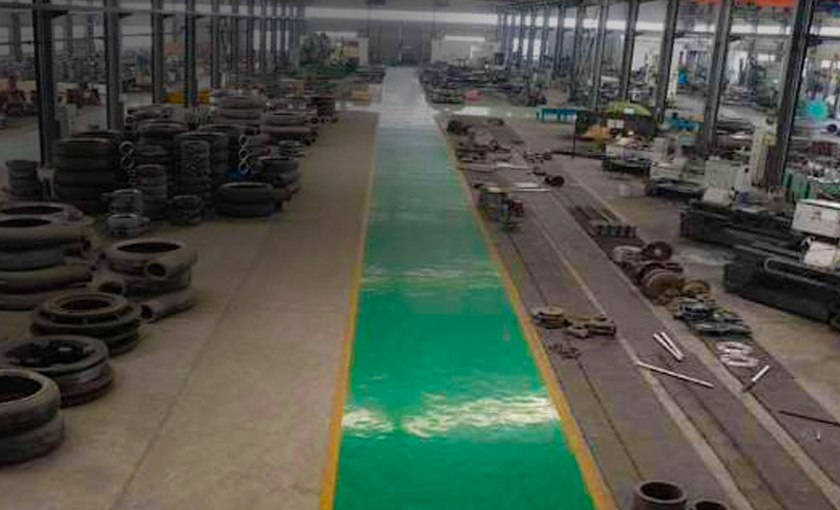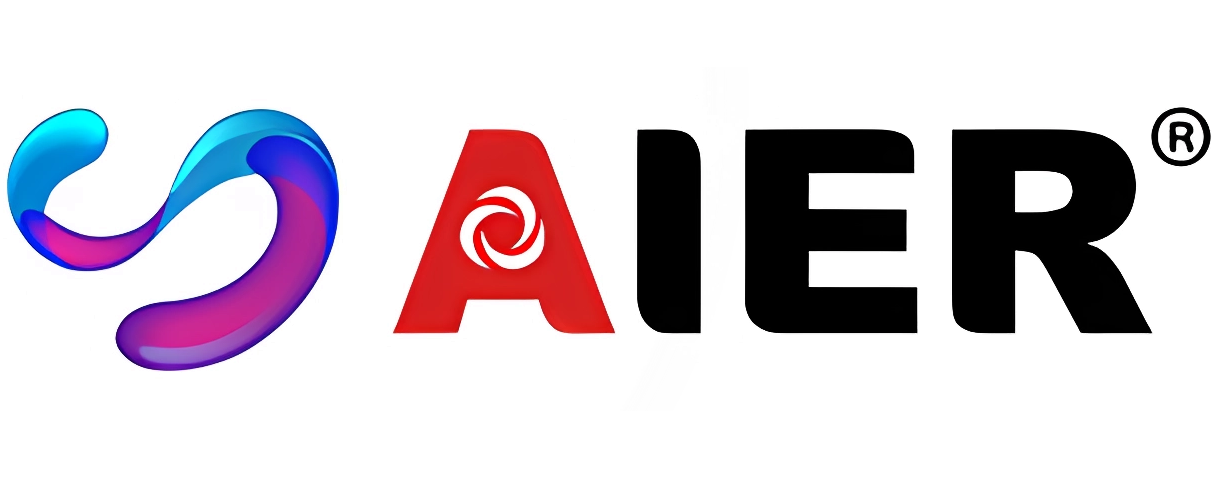Гру . 29, 2024 12:56 Back to list
centrifugal slurry pump impeller
Understanding the Centrifugal Slurry Pump Impeller
Centrifugal slurry pumps are essential in various industries, particularly in mining, chemical processing, and wastewater management. They are specifically designed to handle abrasive and viscous materials that are commonly found in slurries. At the core of these pumps is the impeller, a critical component that significantly influences the pump's efficiency and performance. In this article, we will delve into the design, function, and various types of impellers used in centrifugal slurry pumps.
What is an Impeller?
The impeller in a centrifugal pump is a rotating component equipped with vanes or blades. As the impeller spins, it imparts kinetic energy to the fluid, propelling it outward through the pump's casing. This mechanism converts the mechanical energy provided by the motor into hydraulic energy, allowing the slurry to flow through pipelines and systems.
Importance of Impeller Design
The design of the impeller is crucial for optimizing the performance of a slurry pump. Factors such as the shape, size, and configuration of the impeller blades affect the flow rate, pressure, and efficiency of the pump. Impellers in slurry pumps must be robust and resistant to wear due to the abrasive nature of the slurries they handle.
One of the key design considerations is the impeller's diameter. A larger diameter impeller can move more fluid and generate higher flow rates, making it suitable for industrial applications requiring significant throughput. However, a larger impeller may also require more energy to operate, highlighting the need to balance performance and energy efficiency.
Types of Impellers
centrifugal slurry pump impeller

Centrifugal slurry pumps typically feature two main types of impellers open and closed impellers.
1. Open Impellers Open impellers consist of blades without any covering, allowing for easy passage of solid particles. This design is advantageous for handling slurries with high solid content, as it minimizes the chances of clogging. However, the open design may be less efficient than closed impellers for specific applications due to the potential for turbulence and energy losses.
2. Closed Impellers Closed impellers have blades that are enclosed between two sidewalls. This design helps to create a more efficient flow of fluid and reduces turbulence. They are often preferred for applications requiring higher pressures and better overall performance. However, closed impellers can be more susceptible to wear when handling highly abrasive slurries.
3. Semi-Open Impellers As a compromise between open and closed designs, semi-open impellers feature one sidewall, enhancing efficiency while still permitting the passage of some solid particles. These impellers are suited for applications with moderate solid concentrations.
Materials and Construction
The materials used in the construction of impellers are also vital for the performance and lifespan of the pump. Common materials include cast iron, stainless steel, and high-chrome alloys, which offer varying levels of corrosion and abrasion resistance. In high-wear applications, particularly those involving fine particles or highly abrasive materials, multi-material construction may be employed to extend the service life of the impeller.
Conclusion
The impeller is a fundamental component of a centrifugal slurry pump, significantly affecting its efficiency, performance, and durability. Understanding the various designs, materials, and applications of slurry pump impellers can help operators select the right pump for their specific needs. By ensuring the correct impeller design and material for the application, industries can enhance productivity, minimize downtime, and maintain the efficiency of their operations. As technology advances, innovations in impeller design and materials will continue to optimize the performance of centrifugal slurry pumps in handling challenging and abrasive materials.
-
Small Dredger and Marine Pontoon - Aier Machinery | Gold Mining Equipment, Industrial Dredging Systems
NewsAug.05,2025
-
Small Dredger and Marine Pontoon- Aier Machinery Hebei Co., Ltd|Cost-Effective Solutions&High-Efficiency Dredging
NewsAug.05,2025
-
Submersible Pump Impeller Manufacturer | GPT-4 Turbo Series
NewsAug.05,2025
-
Premium Warman Slurry Pump Mechanical Seal - Leak-Proof
NewsAug.04,2025
-
Small Dredger and Marine Pontoon - Aier Machinery Hebei Co., Ltd | Gold Mining Equipment, Sand Dredging Machines
NewsAug.03,2025
-
Small Dredger & Marine Pontoon-Aier Machinery Hebei Co., Ltd|Industrial Equipment&Mining Machinery
NewsAug.03,2025
